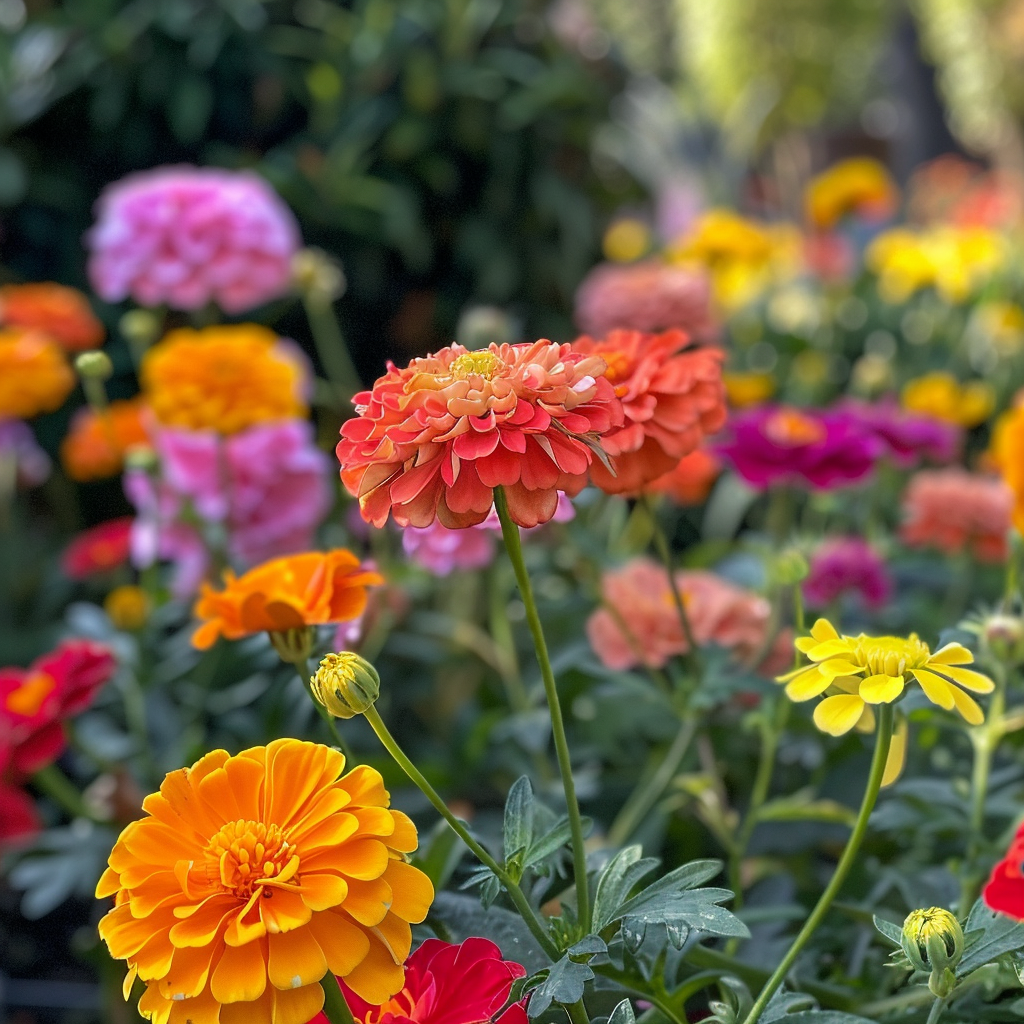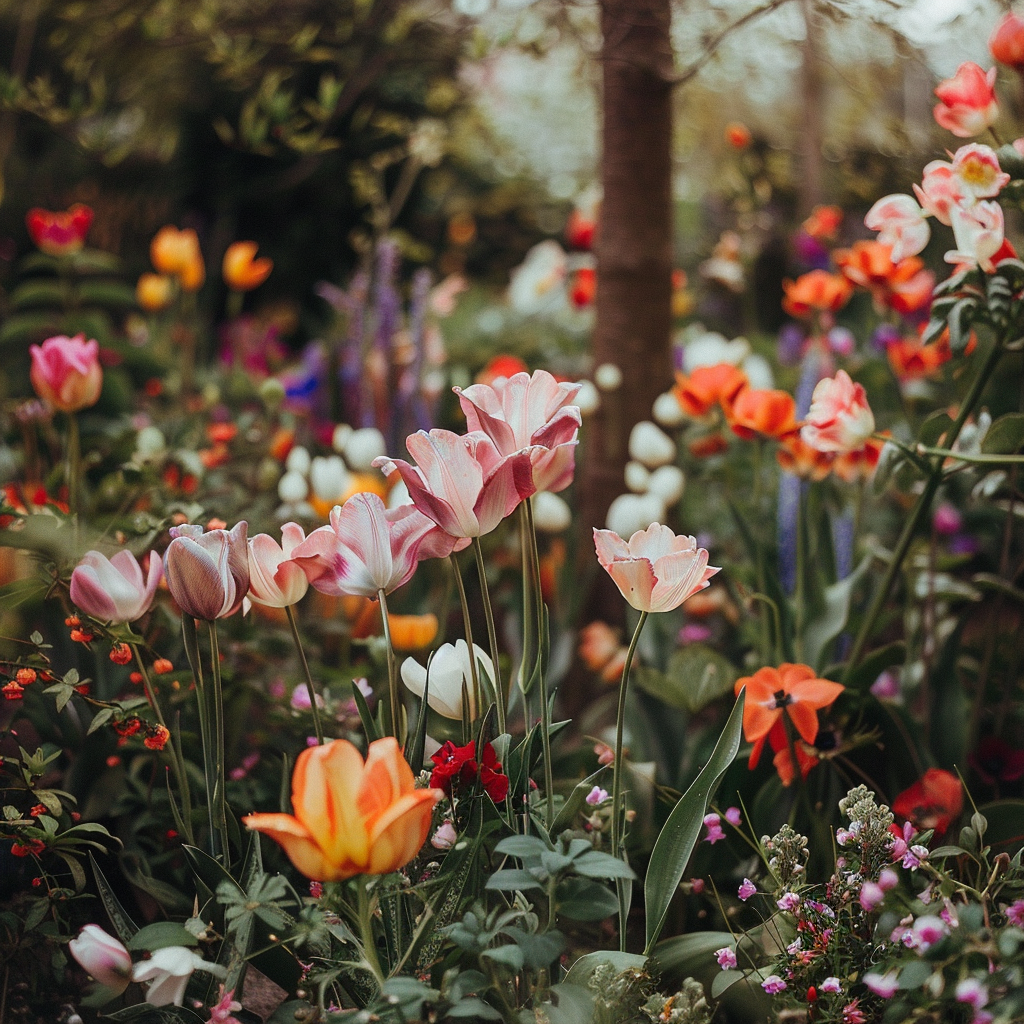
Flowers have an innate ability to captivate hearts and minds with their beauty and fragrance. For those with a passion for gardening and a knack for entrepreneurship, cultivating flowers for resale can be a rewarding venture. Whether you’re looking to supplement your income or turn your green thumb into a flourishing business, here’s a comprehensive guide on how to grow flowers for resale.
Market Research and Planning
Before you dive into planting seeds, it’s essential to conduct thorough market research. Identify your target audience, understand their preferences, and assess local demand for various flower varieties. Visit farmer’s markets, florists, and online platforms to gauge trends and pricing.
Once you have a clear understanding of your market, develop a business plan outlining your goals, budget, and marketing strategies. Determine which flowers you’ll grow based on their profitability, demand, and suitability for your climate and soil conditions.
Selecting the Right Flowers
Choose flower varieties that thrive in your region and are in high demand. Consider factors such as bloom time, lifespan, and ease of cultivation. Popular choices for resale include roses, lilies, sunflowers, tulips, and peonies, but don’t hesitate to explore unique or niche varieties that can set your offerings apart.
Preparing the Soil
Healthy soil is the foundation of successful flower cultivation. Test your soil to assess its pH and nutrient levels, and amend it accordingly. Incorporate organic matter such as compost or aged manure to improve soil structure and fertility. Ensure proper drainage to prevent waterlogging, which can lead to root rot.
Planting and Care

Follow planting instructions specific to each flower variety, considering factors like spacing, depth, and sunlight requirements. Provide adequate water, keeping the soil consistently moist but not waterlogged. Mulching can help retain moisture and suppress weeds.
Monitor plants for pests and diseases, and take preventive measures such as applying organic pesticides or practicing crop rotation. Regularly deadhead spent blooms to encourage continuous flowering and maintain plant vigor.
Harvesting and Post-Harvest Care
Timing is crucial when harvesting flowers for resale. Pick blooms at their peak freshness, usually in the early morning or late afternoon when they’re well-hydrated. Use sharp, clean shears to make clean cuts, and immediately place stems in buckets of water to prevent wilting.
Upon harvest, properly condition flowers by removing excess foliage and placing them in a cool, dark area for several hours to hydrate. Consider investing in post-harvest treatments like floral preservatives to prolong vase life.
Packaging and Presentation
The presentation plays a significant role in attracting customers and commanding higher prices. Thoughtfully arrange flowers in attractive bouquets or arrangements, considering color, texture, and scent combinations. Use high-quality packaging materials such as tissue paper, ribbons, and eco-friendly wrapping to enhance visual appeal and protect delicate blooms during transportation.
Marketing and Sales
Utilize various marketing channels to promote your flower business, including social media, farmer’s markets, local florists, and online platforms. Build relationships with customers by offering personalized service, sharing gardening tips, and showcasing your passion for flowers.
Consider offering subscription services, custom arrangements for special occasions, or workshops to diversify your revenue streams and foster customer loyalty.
Continuous Improvement
Stay informed about industry trends, customer preferences, and emerging flower varieties to adapt and innovate your offerings continually. Seek feedback from customers and incorporate it into your business strategies to enhance customer satisfaction and loyalty.
Regularly evaluate your financial performance, adjusting prices, expenses, and production methods as needed to maximize profitability and sustainability.
Growing flowers for resale is not only a lucrative business opportunity but also a fulfilling endeavor for flower enthusiasts. By conducting thorough research, selecting the right flowers, and implementing effective cultivation and marketing strategies, you can turn your passion for gardening into a blooming success story. With dedication, creativity, and attention to detail, you can cultivate a thriving business that brings joy and beauty to your customers’ lives.





